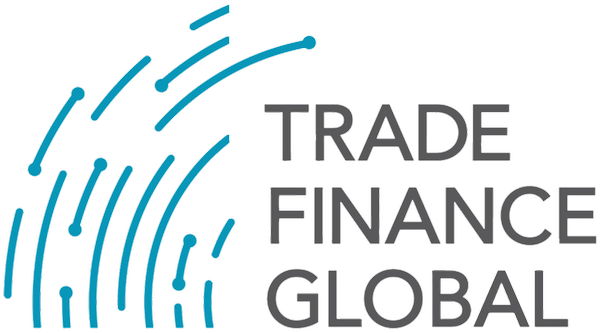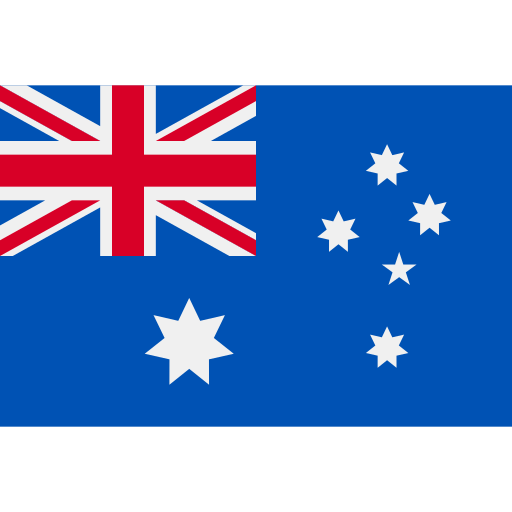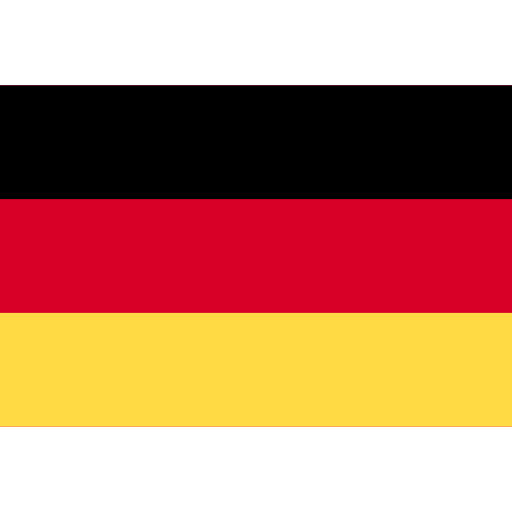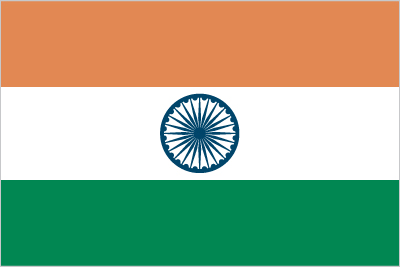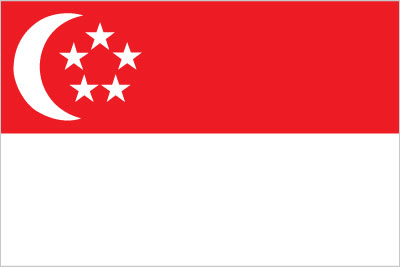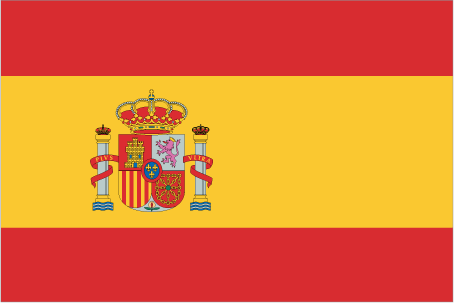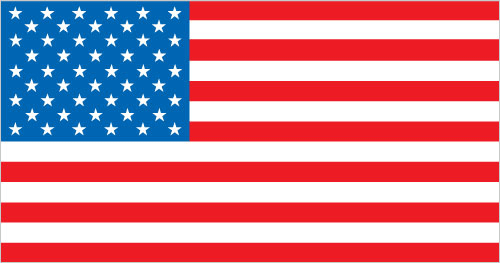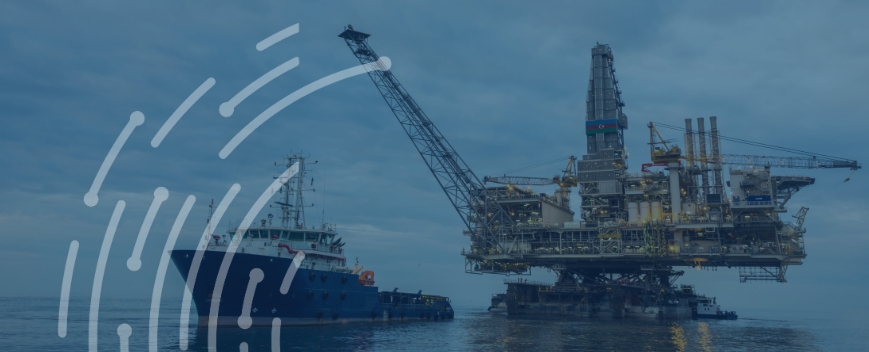- In the first of Trade Finance Global (TFG) and Standard Chartered’s latest podcast series, Future of Trade, the topic of resilience is discussed.
- Companies are increasingly focusing on digitalisation and realigning supply chains to reduce costs and navigate the rising challenges of tariffs, emerging technologies, and economic uncertainty.
- The adoption of deep-tier financing and digital supply chain platforms is just one of the developments which enable businesses to support their entire supply chain.
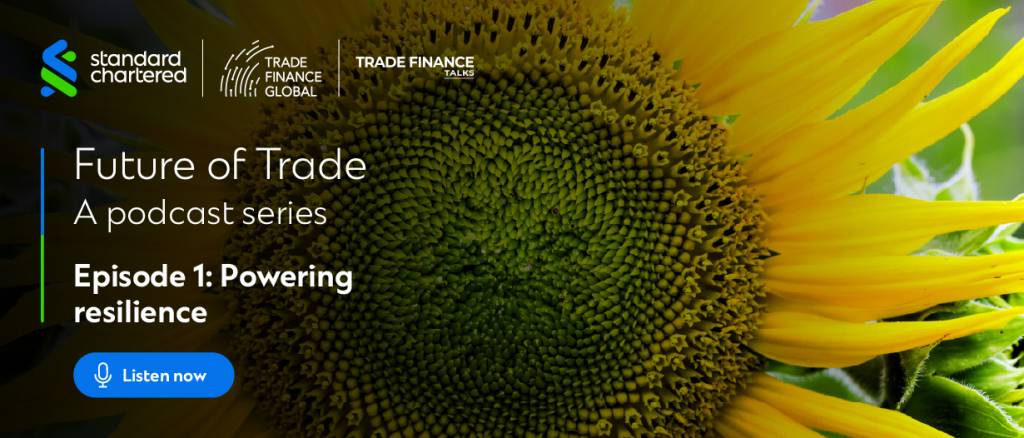
Resilience in global trade has moved beyond a defensive strategy. In an era defined by tariffs, technological developments, and shifting patterns of economic growth, it is now integral to sustainable expansion and long-term competitiveness across global supply chains.
In the debut episode of Trade Finance Global’s (TFG) new five-part podcast series, Future of Trade with Standard Chartered, TFG’s Mark Abrams sat down with Sofia Hammoucha, Global Head of Trade and Working Capital at Standard Chartered.
Their discussion unpacked the bank’s latest Future of Trade report, which surveys 1200 corporate leaders worldwide to explore how they are powering resilience amid a shifting global trade landscape, and the strategies they are looking to adopt over the coming three to five years.
The report makes it clear that corporate resilience has shifted from a protective measure to a priority. Against a backdrop of supply chain shocks, geopolitical shifts, and digitisation, corporates are adopting multi-pronged, offensive resilience strategies that secure growth amid increased volatility.
Resilience and trade turbulence
“Global trade is possibly going through its most turbulent decade,” emphasised Hammoucha. “Supply chain shocks, geopolitical shifts, and rapid digitisation are redefining how corporates, in particular, operate.”
The report quantifies the scale of this turbulence, showing how nearly all corporates surveyed expressed concern about “rising costs resulting from realigning supply chains, geopolitical uncertainty and changes to tariffs.”
However, rather than retreat, corporations are responding proactively to disruption. Around 57% of surveyed companies plan to revise their treasury management strategies, step up digitalisation, and geographically realign supply chains to open up new trade corridors.
A comprehensive approach as such safeguards multiple fronts of trade. “Resilience is really key for success, growth, and continuity,” explained Hammoucha. “It’s not about defending my business so I don’t go backwards – it’s about creating a sustainable future by focusing on resilience as a tool for continuous and long-term growth.”
The three big pressures: Tariffs, tech, and growth
In the past year in particular, tariffs dominated the headlines. Heavily shaped by political agendas, they rewired trade routes and long-term alliances, demanding supply chain modifications and encouraging localisation. However, while tariffs remain in the spotlight, the survey revealed that corporates view three issues as equally important: tariffs, emerging technologies, and global economic growth.
Each of these concerns was cited by 53% of respondents as a top-three concern, indicating that geopolitical shifts and the tariffs that accompany them aren’t acting in isolation, but are unfolding alongside the adoption of new technologies, as well as uncertainty over economic growth.
Actually, in some cases, emerging technology was ranked as a significantly bigger concern. In Nigeria – designated by the African Union as Africa’s Digital Trade Champion – 74% of corporates cited it among their top-three issues. Such distinctions amplify regional specificities.
The United Arab Emirates (UAE) and Saudi Arabia also place a strong emphasis on technological shifts, reflecting government-led efforts to advance manufacturing in fields such as robotics and AI. For these economies, new technologies are seen as opportunities to diversify, reduce trade barriers, and unlock new export potential.
Shifting corridors and rising powers
Regional priorities are redrawing the map of trade. Asked where corporates should be looking in this shifting landscape, Hammoucha stressed that while the United States and China remain the “core nodes” in the global trade ecosystem, different channels are gaining ground.
“What is rising are new types of corridors, especially intra-regional flows and South-South trade,” said Hammoucha. “India is really at the top of that list in terms of shifting supply chains to and from the country. Within the ASEAN (Association of Southeast Asian Nations) region, Malaysia and Indonesia are emerging as rising powers. And then you have the UAE, which is seeing a lot of investment – not only as a shipping and trading hub, but increasingly as a global financial centre.”
McKinsey forecasts that by 2035, 30% of global trade could swing from one corridor to another, with fragmentation, heightened by rising tariff levels, being a key driver. As Hammoucha outlined, this fragmentation has also increased South-South and intra-regional trade.
According to the United Nations Trade and Development (UNCTAD), South-South trade doubled from $2.3 trillion to $5.6 trillion between 2007 and 2023: a shift only being amplified by growing political disparity and a localised approach to supply chains. These changes indicate that increased political tension has created an opportunity for certain countries.
Costs and the digital trade-off
In parallel, in many emerging hubs, the surge in trade has outpaced the availability of structured finance expertise, which refers to specialised financing solutions, such as supply chain finance. This gap makes it harder for corporations to absorb the added expenses of shifting supply chains – a challenge reflected in the report as 62% of respondents expect costs to rise by 5-14% due to supply chain realignment.
As a treasury strategy, rather than solely controlling short-term costs, many corporates around the world still seek to sustain operations and relationships over the long term. They ensure that, assuming consistent demand, financing is available to back sales. However, once again, there are regional differences when it comes to responses.
“In Asia, especially in countries like Malaysia and Indonesia, rising costs are a key challenge and sit at the front of treasury management reviews,” said Hammoucha. Because many Asian corporates have limited ability to pass costs onto customers, these pressures often translate into local inflation risk.
Responses vary: some are accelerating digital adoption to create efficiencies and faster turnaround, while others are reshaping treasury strategies by shifting supply chains geographically. Among these approaches, digitalisation is gaining momentum as a practical tool for cost optimisation and resilience. According to the report, nearly 40% of corporates already use a digital supply chain finance platform, and a further 55% plan to adopt one within the next one to two years.
“They want to optimise cash flow. They want to strengthen working capital and ensure they can pay faster and receive faster,” explained Hammoucha. “By adopting a supply chain finance platform, they can monetise their working capital and create efficiencies in treasury management.”
Deep-tier financing
Digitisation also enables better integration across supply chains, setting up the move into deep-tier financing — supporting tier-2, tier-3 suppliers and beyond.
In global supply chains, tier-1 suppliers are already strong financially and can usually access credit. The real financing gap is often further down the chain, and new digital technologies (such as tokenisation) allow for the financial strength of the big corporate buyer to travel deeper into the supply chain. The bank can tokenise trade assets, those tokens can be fractionalised, and each part can be passed down to successive supply tiers — mirroring the structure of the actual supply chain. This way, financial benefits can trickle all the way down — encompassing even the small, local suppliers, who otherwise couldn’t access funding.
“That’s resilience,” said Hammoucha, about deep-tier financing. “If you are able to support your tier-2, tier-3, tier-4 — all the way to tier-11 suppliers — that’s how you achieve resilience, because you want your suppliers to survive and continue supplying to you.”
—
Framing resilience in today’s turbulence as a board-level conversation, “It’s a team sport,” said Hammoucha. It requires alignment across procurement, treasury, finance, and leadership — demanding both global connectivity and deep-rooted local expertise.
For banks like Standard Chartered, that means helping corporates navigate shifting trade flows while ensuring liquidity and advisory support reaches even the deepest tiers of the supply chain.
Despite the volatility, Hammoucha emphasised that opportunities outweigh the challenges. “It’s a difficult time. It’s a volatile time. But that’s also the best time for opportunities,” she noted, highlighting efficiency gains, new revenues, and expanded partnerships.
Trade, she concluded, will continue to adapt: “Water always finds its way — trade is going to continue to flow and it will find new streams.”
